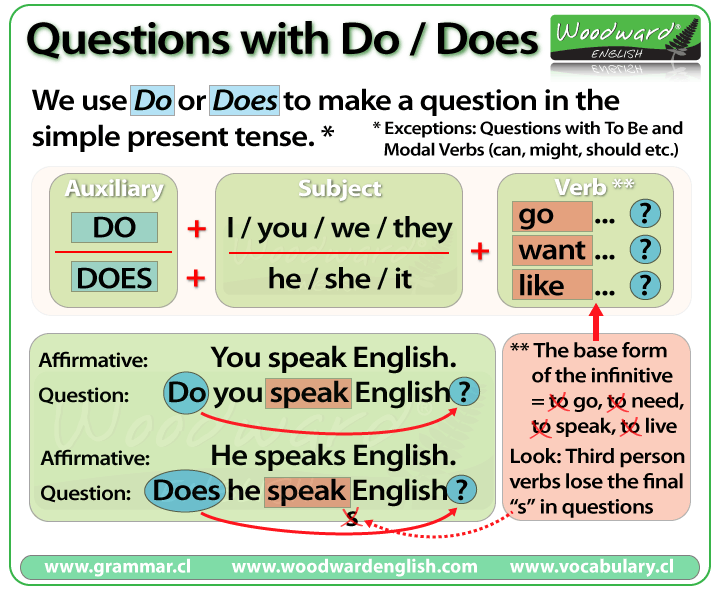Understanding Pull Factors: What Attracts Immigrants to New Destinations?
Introduction: The Power of Pull Factors in Immigration
Migration is a complex decision, shaped by a combination of hardships in the home country and attractive prospects elsewhere. In migration studies, pull factors are the positive attributes of a destination that entice people to move there. Understanding these factors is essential for individuals considering migration, policymakers designing immigration systems, and communities preparing to welcome newcomers. This guide explores what pull factors are, provides actionable examples, and offers practical guidance for accessing the opportunities they represent.
What Are Pull Factors in Immigration?
Pull factors are the conditions or incentives in a destination country that attract immigrants from other nations. Unlike
push factors
, which drive people away from their homelands due to negative circumstances, pull factors are positive aspects that act as magnets. Common pull factors include:
- Economic opportunities such as job availability and higher wages
- Political and religious freedom
- Quality education and advanced learning institutions
- High-quality healthcare and social services
- Family reunification
- Safe and stable environments
- Better quality of life , including climate and amenities
According to migration scholars, these factors play a significant role in shaping global migration patterns and often overlap depending on individual circumstances [2] [3] .
Example of a Pull Factor: Economic Opportunities
One of the most prominent pull factors is the availability of job opportunities . People are often drawn to destinations with robust economies, low unemployment rates, and a demand for specific skills. For instance, many workers from around the world have moved to countries like the United States, Canada, or the United Arab Emirates in search of better employment prospects and higher pay [1] .
Real-World Example: The migration of skilled professionals to Canada is largely driven by economic pull factors. Canada’s Express Entry system is designed to attract workers with in-demand skills. Applicants are evaluated based on education, work experience, and language proficiency. Those who qualify can apply for permanent residence, opening the door to new opportunities for themselves and their families.
If you are interested in economic migration, you can:
- Research labor market needs in your destination country by visiting official government labor or immigration websites.
- Gather information on work visa categories, eligibility criteria, and application processes.
- Contact local embassies or consulates for up-to-date immigration requirements and job market trends.
Remember to use only official government resources or trusted international organizations for guidance. For example, to work in the United States, visit the U.S. Citizenship and Immigration Services (USCIS) website and review their employment-based visa categories.
Other Key Pull Factors and How to Access Them
1. Educational Opportunities
Many people migrate to access high-quality education, whether for themselves or their children. Countries with renowned universities and research institutions, such as the United Kingdom, Australia, and Germany, are major destinations for international students. These countries often provide student visa pathways that may also lead to post-graduation work permits [2] .
Action Steps:
- Identify accredited higher education institutions in your field of interest.
- Check official university websites for admissions requirements and international student support services.
- Explore government scholarship programs by searching for terms like “[Destination Country] government scholarships for international students.”
- Contact the admissions office of your chosen institution for guidance on application timelines and documentation.
Visa processes and pathways for students can vary. Always consult the official immigration or education department website of your destination country for current and verified information.
2. Quality Healthcare
Access to advanced healthcare services is another powerful pull factor. Countries with high standards of medical care, public health insurance, and accessible clinics attract migrants who seek better health outcomes for themselves and their families [2] .
How to Access:
- Investigate the healthcare system of your intended destination by searching for “[Country] health system for immigrants.”
- Check for eligibility criteria for public health insurance or private coverage options.
- Prepare documentation such as medical records, vaccination history, and proof of insurance for your visa application.
- Contact national health ministries for guidance on healthcare access for newcomers.
If you are uncertain about coverage, consult with a licensed immigration advisor or contact the health department of your chosen destination for detailed explanations.
3. Family Reunification
The chance to join family members who have already settled in a destination country is a significant pull factor. Many nations have established family reunification programs that allow citizens or permanent residents to sponsor relatives for immigration [4] .
Accessing Family Reunification:
- Review the official immigration website of your destination country for details on family sponsorship requirements.
- Gather necessary documentation such as proof of relationship, legal status of the sponsor, and financial support evidence.
- Contact your country’s embassy or consulate for personalized assistance and to confirm current policies.
Policies may change, so it is important to regularly check official sources and seek legal advice if needed.

Source: helpfulprofessor.com
Challenges and Considerations When Pursuing Pull Factors
While pull factors can provide exciting opportunities, there are challenges to consider. Application processes can be complex, documentation requirements strict, and waiting times long. Additionally, demand for certain visas or programs can exceed supply, leading to competitive selection or lottery systems.
To overcome these challenges:

Source: coursehero.com
- Begin your research and preparations early to gather all required documents.
- Stay updated on policy changes by subscribing to newsletters from official immigration agencies.
- Seek assistance from licensed immigration consultants or attorneys when in doubt.
- Be cautious of scams or unofficial offers. Only trust information provided by government agencies or accredited institutions.
Alternative approaches may include applying to different countries, considering temporary or seasonal work programs, or exploring regional visa agreements that facilitate migration within certain geographic areas.
Key Takeaways and Next Steps
Pull factors such as economic prospects, educational opportunities, family reunification, and high-quality healthcare are central to immigration decisions. To leverage these opportunities:
- Identify which pull factors align with your goals and circumstances.
- Use official government or institutional websites for up-to-date, accurate information.
- Consult with professionals when needed, and prepare carefully for application processes.
- Consider multiple destinations and alternative pathways if your first choice is highly competitive.
For further information, it is recommended to visit the official immigration agency of your destination country, or contact your local embassy for tailored advice. Conduct thorough research into eligibility requirements, required documentation, and timelines before making any commitments.
References
- [1] Number Analytics (2025). Ultimate Guide to Pull Factors in Immigration.
- [2] Helpful Professor (2023). 21 Pull Factor Examples.
- [3] Study.com. The Push & Pull Factors of Human Migration.
- [4] National Immigration Forum (2019). Push or Pull Factors: What Drives Central American Migrants to the U.S.?
- [5] Exploros. Push-Pull Factors in Immigration.



